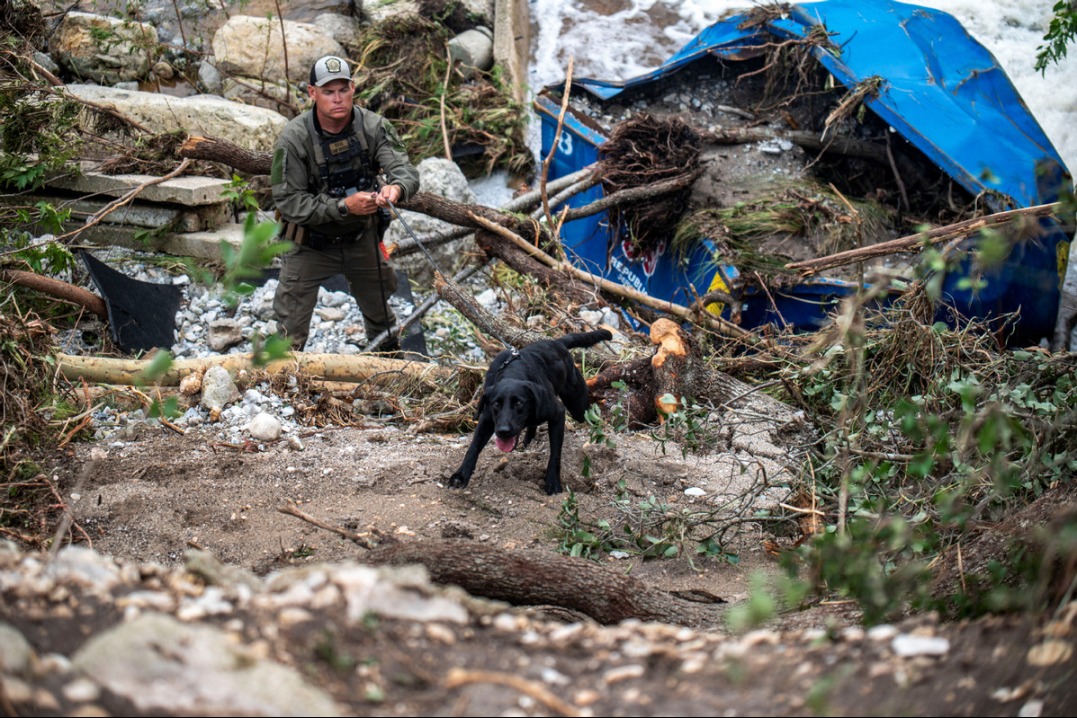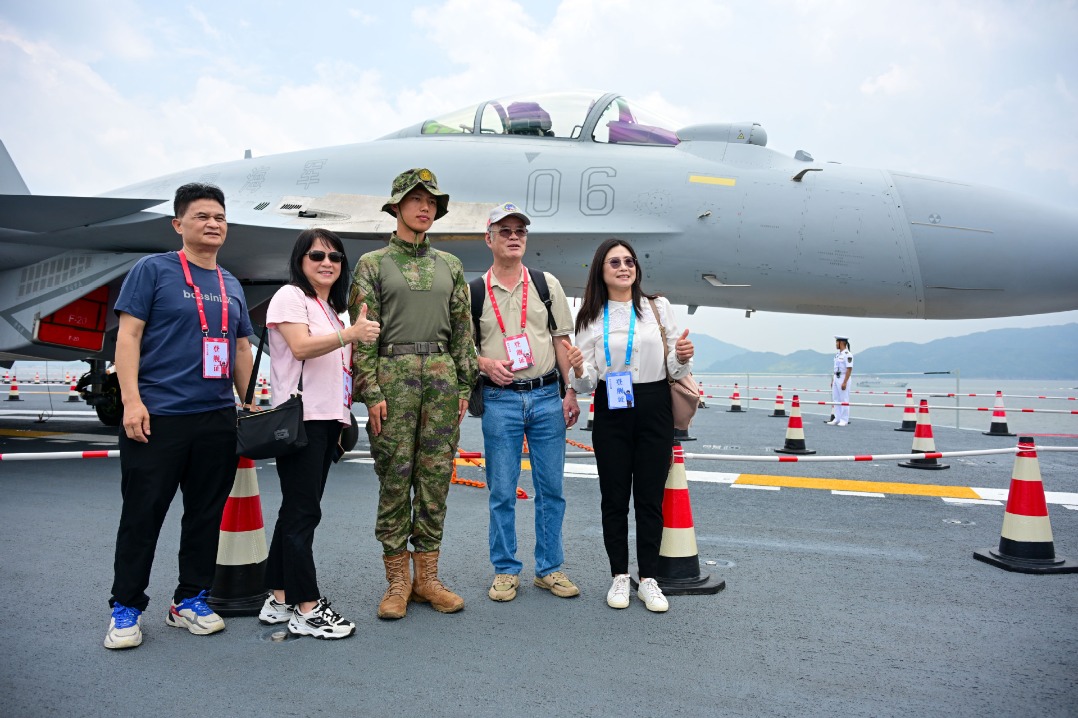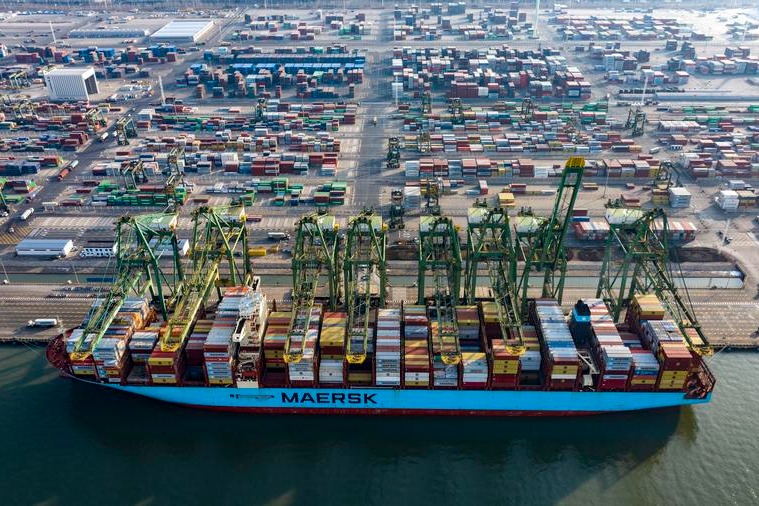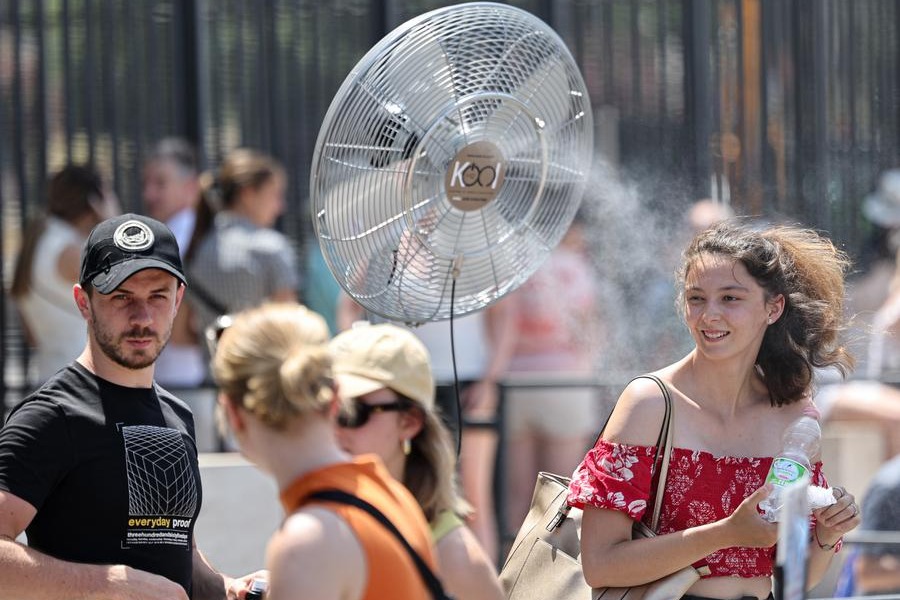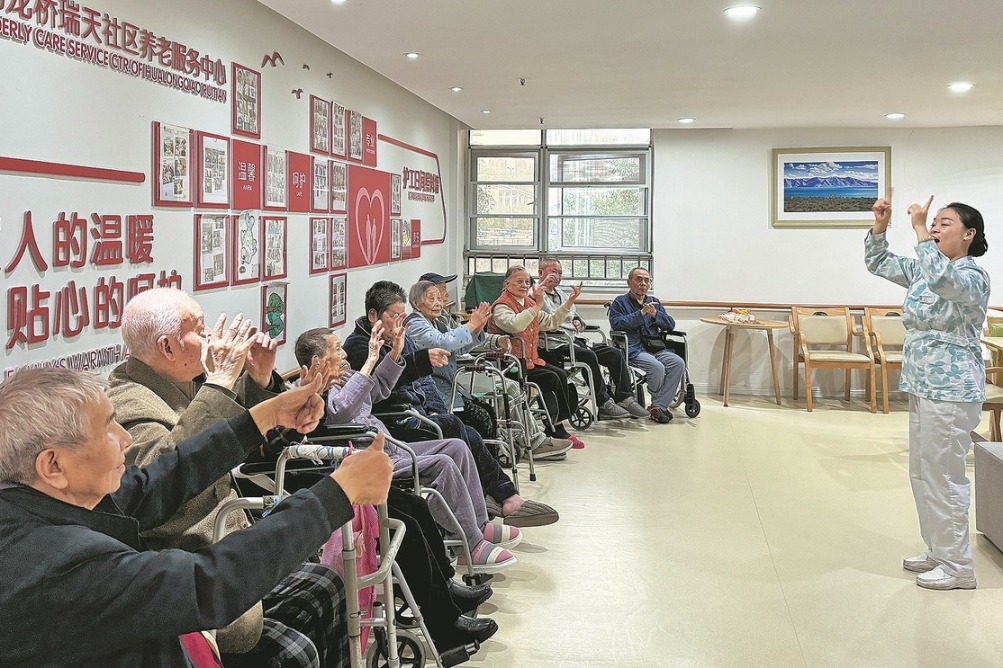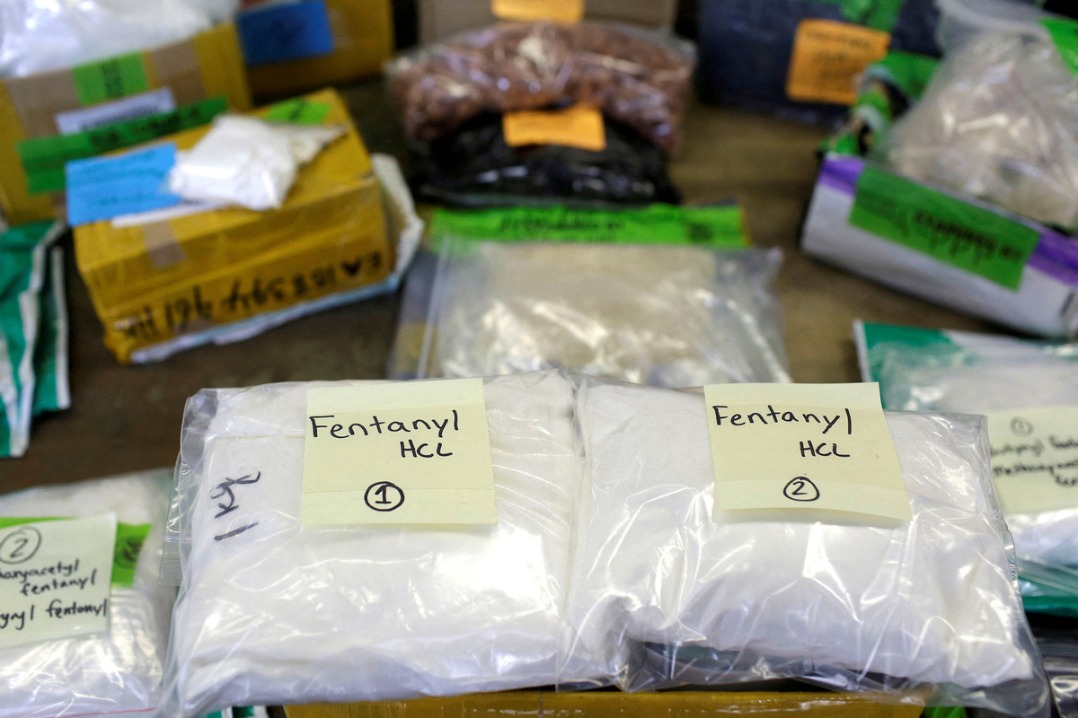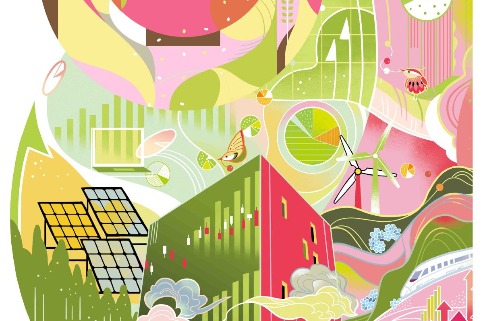Chinese economy meets rising risks with resiliency

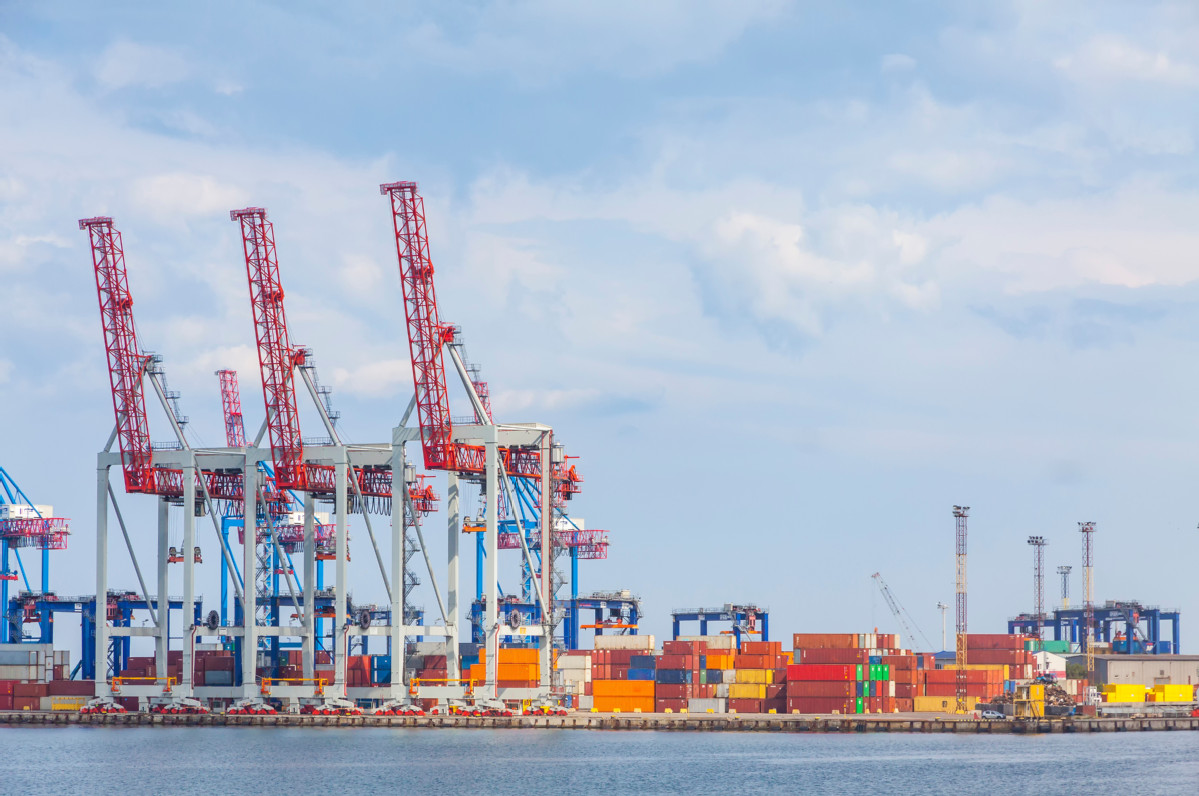
On Feb 24, Russian President Vladimir Putin denounced the West for three decades of broken pledges and NATO's expansion, vowing to "demilitarize and denazify" Ukraine and ordering a "special military operation". In the West, the speech was portrayed as a conspiracy fantasy.
Yet declassified documents show that several US and European leaders did give security assurances against NATO's eastward expansion at the turn of the 1990s. These pledges were posted online by the Washington-based National Security Archive in 2017.
Moreover, NATO's expansion was widely condemned in 1997 by 50 leading US foreign policy experts. Recently, one of those experts, Michael Mandelbaum, called it "one of the greatest blunders in the history of American foreign policy". And yet, as in 2014, the friction is being promoted by the US leadership, which has also supported far-right extremists whom Ukrainian people in general shun.
The blueprint comes from a 2019 report by RAND Corporation, US defense contractors' prime think tank, which outlined the steps for maximum sanctions. Ukraine is the means. The goal is to debilitate the Russian economy, by default. The consequent impairment of the world economy is seen as collateral damage.
By contrast, China, right from the beginning, has called for talks to end the deadly conflict, while urging "maximum restraint" and "de-escalation".
Despite promises to the contrary, the Biden administration's sanctions have been designed to cause extensive harm to the Russian economy and its people. As a net consequence, the global economy "could soon be faced with one of the largest energy supply shocks ever", as Goldman Sachs has warned.
Due to the central role of both Russia and Ukraine in the global agricultural markets, the United Nations has warned that the world is facing a meltdown of the global food system.
As for China, some of the Chinese government's key investment areas focus on food and energy security. "It is important to fill the rice bowl of Chinese people, mainly with Chinese grain," as President Xi Jinping recently said.
Last year, more than half of China's energy imports was crude oil. The oil and natural gas imports are diversified, so losses could be offset in part by cheaper imports from Russia, China's second-largest oil supplier.
Besides, Beijing and Moscow recently signed a new 30-year natural gas contract. And Saudi Arabia, China's largest source of oil, is considering accepting payments in the Chinese currency, instead of US dollar, for some oil purchases. As the yuan has strengthened from about 7.18 in June 2020 to about 6.35 to a US dollar, the appreciation will allow China to also secure the imports of other commodities at lower costs.
Before March, China's economic performance indicated stabilization thanks to export-led industrial expansion and rising global demand. Similarly, retail sales rebounded, including for more expensive items, as well as cars.
On the supply side, the government's fiscal spending and infrastructure investment have, in turn, boosted fixed asset investment. And since property market policies have been adjusted, the construction of pre-sold homes may be completed with the support of new purchases.
However, headwinds have gained pace since late February. After Hong Kong, COVID-19 infections have been reported in more than 100 Chinese mainland cities including Shenzhen, Guangdong province, and Shanghai, prompting authorities to implement stricter anti-pandemic measures. As factories in Guangdong, for example, account for a fourth of China's exports, the authorities have been compelled to implement such measures to contain the spread of the virus, in order to prevent any further disruptions in supply.
The Government Work Report, submitted by Premier Li Keqiang during the annual session of the National People's Congress early this month, says the government will provide strong support for the economy and boost fiscal spending. Also, the report has set 5.5 percent as the new GDP growth target for 2022 and said the government also aims to create more than 11 million new jobs in the year.
The longer the Ukraine crisis and the pandemic last, the more adverse will be their impact on global economic prospects. With the Ukraine crisis and its likely prolonged aftermath, the consequent headwinds, coupled with 10 percent inflation and aggressive rate hikes, will penalize US recovery. And a protracted impact would be particularly painful for Europe, which is pushed to pay the primary bill for the misguided geopolitics.
In the West, economic sanctions have been projected as a solution to the Ukraine crisis with minimal harm to the world economy. In reality, the sanctions will prolong the conflict and amplify global economic risks.
First, Russia is no Afghanistan. Its $1.8 trillion economy is the world's 11th largest. It is a global supplier of oil and natural gas, and a leading nuclear power.
Second, thanks to US protectionism and trade wars since 2017, global recovery has been undermined, which makes stagflation in the West a self-induced calamity.
Third, in the absence of enduring peace, protracted sanctions, following the pandemic-induced economic depression, could cause more lost years in the West and lost decades in many developing economies.
Fourth, a new Cold War and NATO's further expansion will steer fiscal packages away from welfare and security, where they are most needed, toward rearmament drives that benefit mainly the Pentagon's big defense contractors.
And fifth, as the US Federal Reserve has begun its aggressive round of rate hikes, it will accelerate economic shocks. In India, for instance, fleeing foreign investors have already sold more equities than during the 2008 global financial crisis.
Together, these factors will penalize global growth prospects. In fact, fuelled by rising downside risks, the world economy is indeed too close to the edge.
The views don't necessarily reflect those of China Daily.
The author is the founder of Difference Group and has served at India, China and America Institute (US), Shanghai Institutes for International Studies and the EU Centre (Singapore).
If you have a specific expertise, or would like to share your thought about our stories, then send us your writings at opinion@chinadaily.com.cn, and comment@chinadaily.com.cn.
















